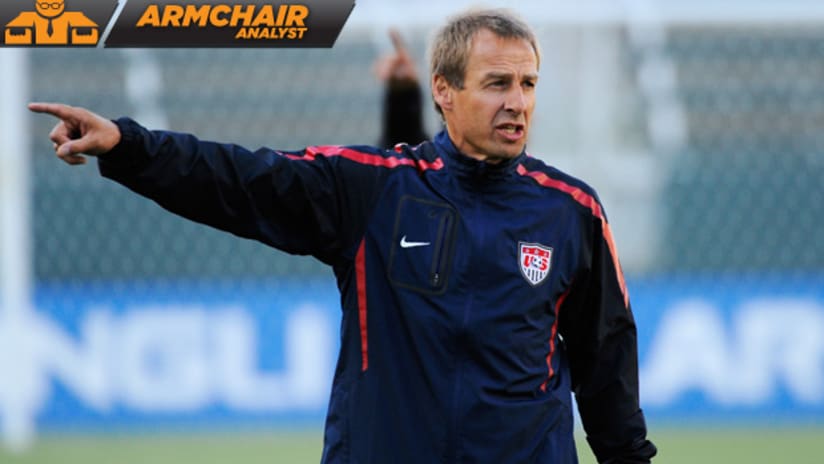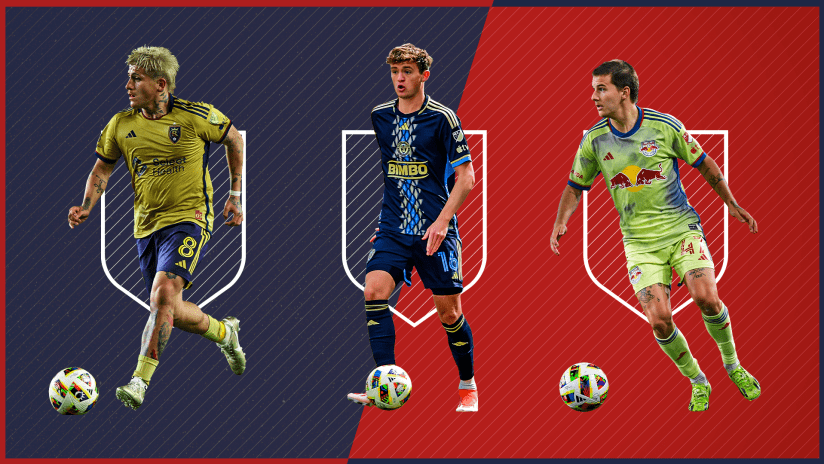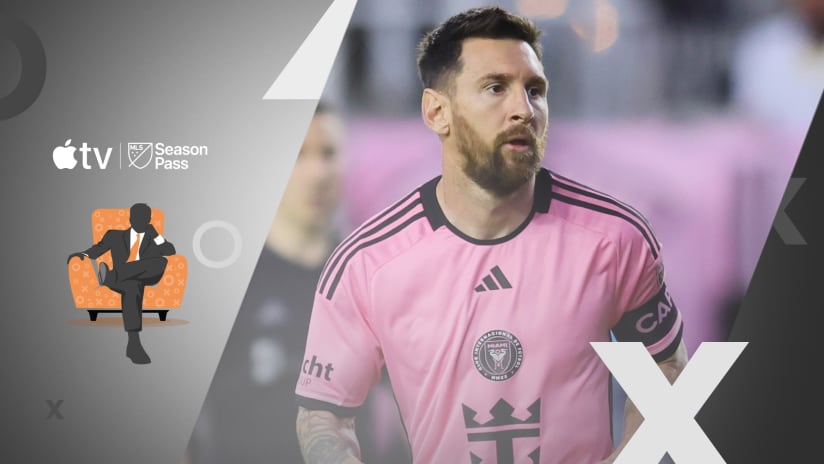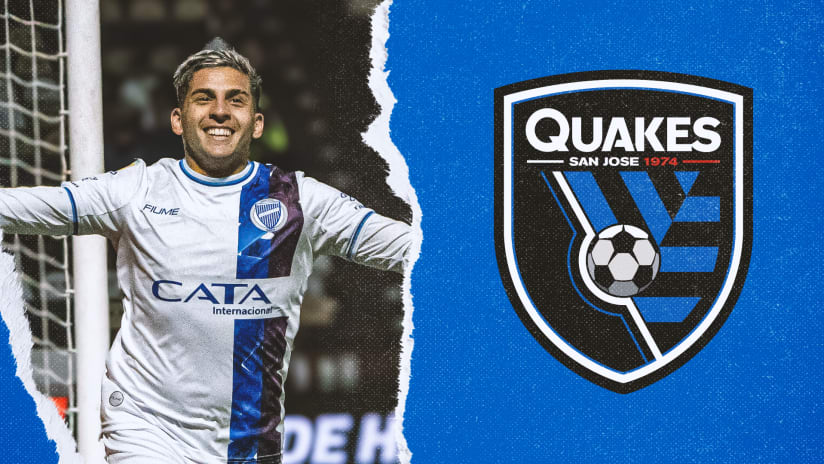Most people don’t know that tiki-taka, the Spanish (really Barcelonan, but we’re talking in international terms here so bear with me) method of controlling the pace, tempo and placement of the game – focus on “placement” part for a moment, by the way – was devised more as a defensive strategy than an offensive one.
It’s somewhat counterintuitive, since the most reductionist conventional wisdom in soccer is that, “When you have the ball, you’re attacking, and when you don’t, you’re defending.”
But after yet another disappointing Spanish exit from a major tournament back in Germany ’06, then-coach Luis Aragonés simply decided that if his side played the game on everyone else’s terms then they would continue to lose. Spain wouldn’t and couldn’t defend like Italy, or Germany or even Brazil; they didn’t have the players for it or the cultural mindset.
Jurgen Klinsmann Interview: Part 1
Spain’s strength came from keeping the ball. So Aragonés decided that as long as they had possession, they wouldn’t be busy chasing down attackers or putting out fires in their defensive third.
You know what’s happened since then: two European Championships and a World Cup for Spain, a pair of UEFA Champions League titles for Barça, record goal hauls and a worldwide rethinking of how and where the game should be played. The Spaniards have become the embodiment of the “let the ball do the work” ethos that every half-decent or better coach preaches from U-8 on up.
In American terms, the “where” is part of Jurgen Klinsmann’s mandate with the US national team. Like Barcelona and Spain, Klinsmann wants the US to control the ball farther up the pitch, initiating attacks higher and more quickly. The goal is to use the ball as a weapon offensively (obviously), while also controlling it and thus using it as a defensive weapon as well.
Of course, the US doesn’t have Xavi, Andrés Iniesta, Xabi Alonso, Sergio Busquets or Cesc Fabregas. Nobody else does, either, which is why Spain are pretty much inimitable.
But it’s worth trying. That’s Klinsmann’s long-term plan, anyway, and since it’s long-term, we won’t grade him on that yet.
We can grade him, however, on a host of other data from his first year in charge of the US. There’ve been highs (the 1-0 win at Italy and the 5-1 thumping of Scotland jump immediately to mind) as well as more than a few lows (losing to Costa Rica at home, and the 4-1 hammering by Brazil’s U-23s were particularly painful).
In other words, it’s been a mixed bag. Now onto the report card:
Tactics: (C) – Klinsmann’s biggest accomplishment during his first year was reorganizing the central midfield.
Jurgen Klinsmann Interview: Part 2
Bob Bradley generally gets a bad rap as far as I’m concerned, but there’s little question he lost the plot during his final 12 months in charge. His reliance on an Empty Bucket in which two midfielders (usually Michael Bradley and Jermaine Jones) would sit deep, then take turns either pushing into attack or dropping into a pure defensive role was folly in that it created the exact problem (huge tracts of land in front of the weak US central defense) that it was supposed to nullify.
Klinsmann has corrected that by almost always going with a pure No. 6. Kyle Beckerman, Michael Bradley, Jones, Jeff Larentowicz and Maurice Edu have all gotten run in that spot, and there’s reason to hope Dax McCarty and Perry Kitchen will earn call-ups for January’s Camp Strudel.
Add in a pair of promising German-Americans in Danny Williams and Alfredo Morales, and it’s safe to assume we’ve seen the last of the Empty Bucket.
Expansion of the player pool: (B-) – Fabian Johnson. Fabian Johnson. Fabian Johnson, and Fabian Johnson.
He’s still an adventure defensively, prone to quite literally spinning himself in circles, but he adds a creative attacking dimension out of the back that the US have never had, which his assists against Italy and Brazil can attest to. This isn’t just a guy who can help in possession or send in a solid cross like Steve Cherundolo; this is a dude who can absolutely annihilate a backpedaling defender. It’s beautiful.
Jurgen Klinsmann Interview: Part 3
Klinsmann’s other big addition has been Terrence Boyd, who’s off to a quality start with Rapid Vienna and hasn’t looked out of place with the national team despite his relative youth and inexperience.
Finding answers for the central defense would have pushed the grade here to an “A”, but the Golden Bomber has been overly reliant upon Oguchi Onyewu (still not the same since 2009’s injury) and Clarence Goodson (*&%$^). Geoff Cameron, Tim Ream and Matt Besler (yes, Matt Besler) could and should have been integrated more quickly, and Omar Gonzalez should have gotten more than a shrug before his ACL tear.
Use of the player pool (D) – This is my biggest gripe with Klinsmann, and adversely effects his "Tactics" grade as well. Right now it’s conceivable that four US forwards (Boyd, Jozy Altidore, Herculez Gomez and Chris Wondolowski) will be in the Golden Boot hunt this year, but he never plays more than one at a time. It’s maddening.
But I’m even more frustrated by the central midfield mess. If the team is going to play the American version of tika-taka, then there needs to be at least one time-keeper in midfield, one guy who can play the Claudio Reyna or Xabi Alonso role.
Jose Francisco Torres, Sacha Kljestan and Benny Feilhaber have all excelled in that spot at one level or another. Yet Torres and Kljestan, when they’ve suited up for the US, have played almost exclusively on the wings. Feilhaber, meanwhile, got all of 65-minutes as a trequartista under Klinsmann and hasn’t been heard from since (and before you say, “Well, he’s sucked for the Revs this year!” please bear in mind that he’s among the league leaders in both chances created and “big” chances created from the run of play as well as fouls suffered. Feilhaber’s been very good; the Revs simply don’t finish).
Point is, any of those guys would be better at controlling the tempo than the Edu/Jones combo that’s been preferred. Both Edu and Jones have a place in the player pool, to be sure, but they’re both piano movers. Klinsmann’s midfield needs a piano player.
The other central midfield issue is the on-again, off-again deployment of Michael Bradley at d-mid. Yes, he can play the role. But he’s much, much more valuable to the US as a box-to-box midfield general who can push into the final third at will, setting up goals like he did against Brazil, or scoring them as he did for Roma against Liverpool two weeks back. Using him to shield the defense is a misallocation of resources.
Overall: (C-) – Every single one of these faults were visible in the two qualifiers, which are the only games under Klinsmann that have really mattered. And I’m not certain there’s been much, if any, improvement in the past year.
But it’s a long haul. Klinsmann was hired with 2014 in mind, not 2012. So let’s just buckle in and see how the next two months go, and hope that, eventually, Klinsmann’s teams figure out how to let the ball do the work.
Matthew Doyle writes the Armchair Analyst column for MLSsoccer.com.














